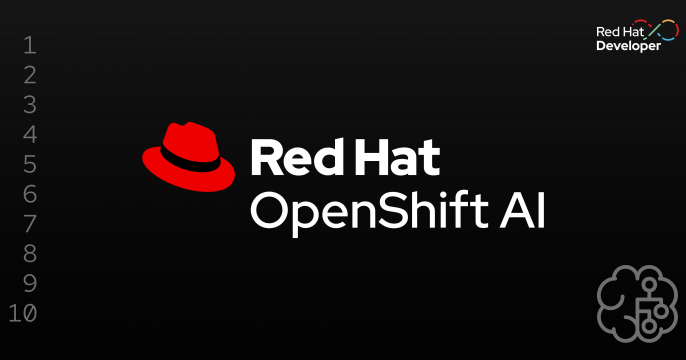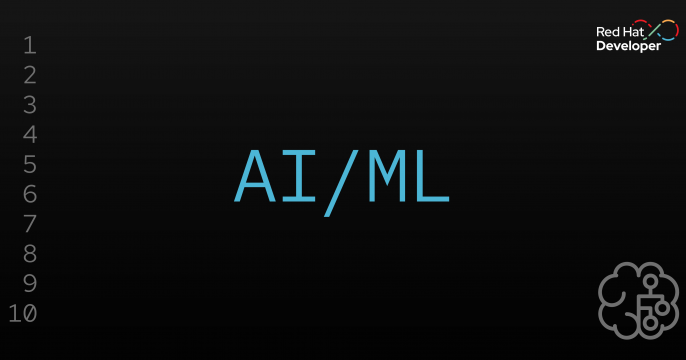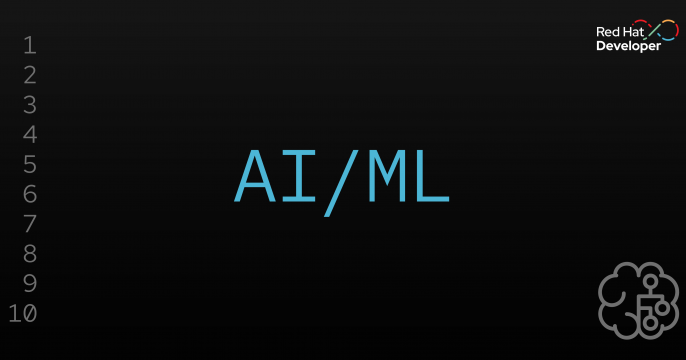Red Hat Summit is for developers
Red Hat® Summit is where ideas and innovation come together to shape the future of enterprise IT. With a variety of offerings for this year’s event, you have the opportunity to shape conversations around open cloud technology, digital transformation, and much more.
Latest News from Red Hat Summit 2025

Celebrate our mascot Repo's first birthday with us as we look back on the...

Learn how to deploy Open Platform for Enterprise AI ChatQnA application in...

Learn about the advantages of prompt chaining and the ReAct framework...

Discover the comprehensive security and scalability measures for a...

Learn how to build a Model-as-a-Service platform with this simple demo. (Part...

Explore the architecture of a Models-as-a-Service (MaaS) platform and how...

Discover how IBM used OpenShift AI to maximize GPU efficiency on its internal...

Learn how to use synthetic data generation (SDG) and fine-tuning in Red Hat...
